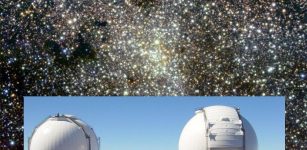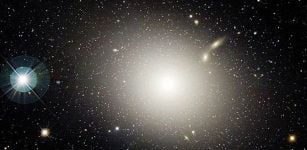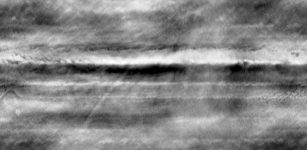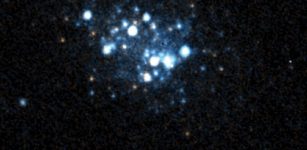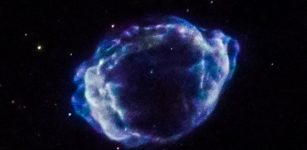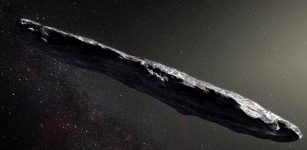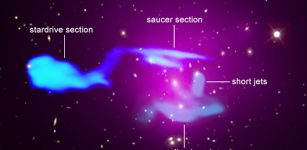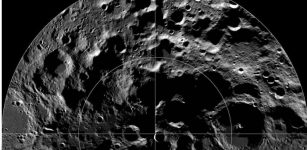Is There Really Dark Matter? Answer Is Hidden In Motion Of Stars Within Small Satellite Galaxies
MessageToEagle.com – A galactic test will clarify the existence of dark matter, researchers say.
Researchers at the University of Bonn and the University of California at Irvine used sophisticated computer simulations to devise a test that could answer a burning question in astrophysics: is there really dark matter? Or does Newton’s gravitational law need to be modified? The new study shows that the answer is hidden in the motion of the stars within small satellite galaxies swirling around the Milky Way.
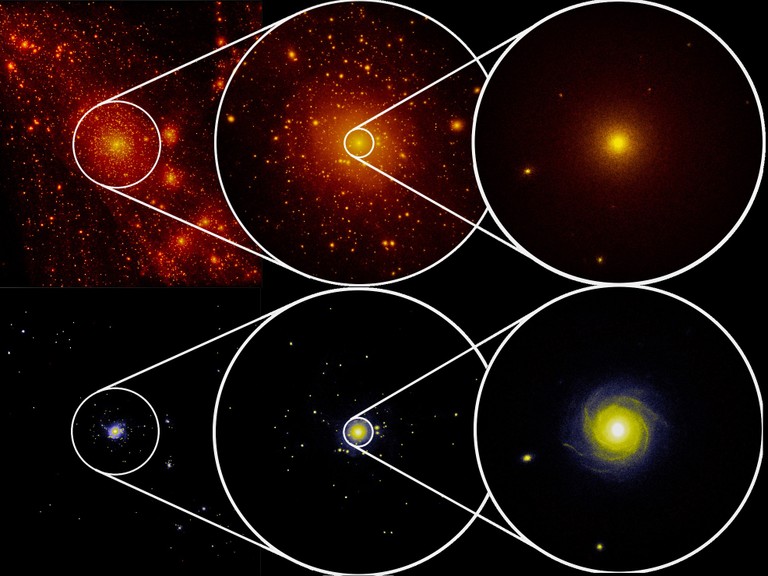
Using one of the fastest supercomputers in the world, the scientists have simulated the matter distribution of the so-called satellite “dwarf” galaxies. These are small galaxies that surround, for instance, the Milky Way or Andromeda.
The researchers focused on a relationship called “radial acceleration relation” (RAR). In disk galaxies, stars move in circular orbits around the galactic center. The acceleration that forces them to constantly change direction is caused by the attraction of matter in the galaxy. The RAR describes the relationship between this acceleration and the one caused by the visible matter only. It provides an insight into the structure of galaxies and their matter distribution.
“We have now simulated, for the first time, the RAR of dwarf galaxies on the assumption that dark matter exists,” explains Prof. Dr. Cristiano Porciani of the Argelander Institute for Astronomy at the University of Bonn. “It turned out that they behave as scaled-down versions of larger galaxies.” But what if there is no dark matter and instead gravity “works” differently than Newton thought? “In this case the RAR of dwarf galaxies depends strongly on the distance to their parent galaxy, while this does not happen if dark matter exists”, explains the researcher Emilio Romano-Díaz.
This difference makes the satellites a powerful probe for testing whether dark matter really exists. The Gaia spacecraft, which was launched by the European Space Agency (ESA) in 2013, could already provide an answer. It was designed to study the stars in the Milky Way and its satellite galaxies in unprecedented detail and has collected a large amount of data.
However, it will probably take years to solve this riddle. “Individual measurements are not enough to test the small differences we have found in our simulations”, explains doctoral student Enrico Garaldi. “But repeatedly taking a close look at the same stars improves the measurements every time. Sooner or later it should be possible to determine whether the dwarf galaxies behave like in a universe with dark matter – or not.”
MessageToEagle.com

